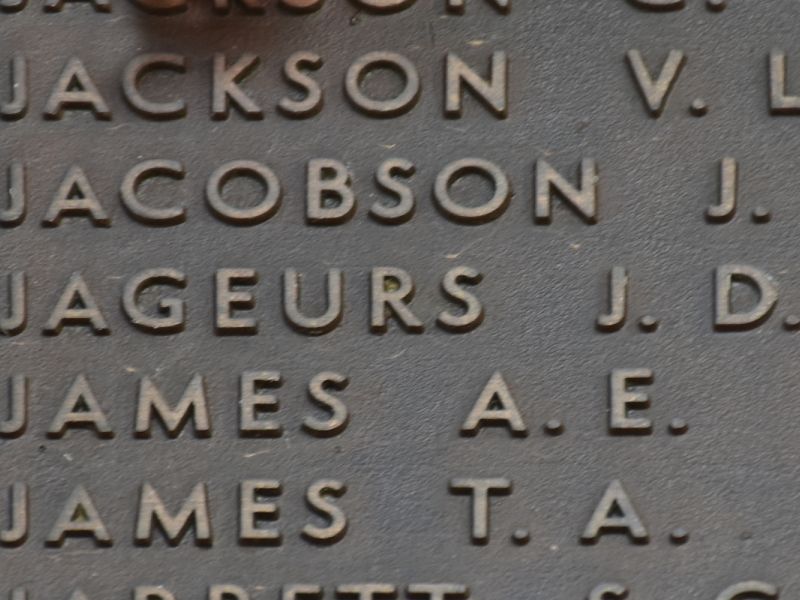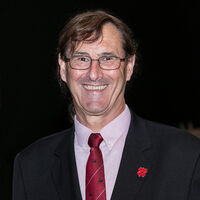A Sad Duty
For monumental masons, placing the names of the dead on a memorial or a tombstone is just part of the trade. There are times though, that a name being carved holds greater significance than just being part of a list. That must have been the case when Morgan Jageurs, of Jageurs and Sons at Parkville, in Melbourne, was commissioned to create the Parkville War Memorial in 1925. Among the list of names of “The Soldiers of This District Who Fell in The Great War 1914-1918” was that of Corporal John Davitt Jageurs.
John Jageurs, the eldest of five children, was born in 1895 to Morgan and Bridget Jageurs. Born in Ireland John’s father had come to Australia as a child and ran the family business making gravestones and monuments.
The Jageurs were prominent in the Catholic community in Melbourne. John attended the Christian Brothers’ School in North Melbourne and shared his father’s deep interest in Ireland.
At the outbreak of the First World War, nineteen-year-old John was working in the Victorian public service. After seven months he was finally able to prevail upon his father to agree to his enlistment, and his attestation papers duly record “I consent to my son joining the Expeditionary Force. Morgan P Jageurs 1/3/15”. John was posted to the 24th Battalion and began training.
In early May the young Private Jageurs, with his battalion, left Melbourne on board the troopship Euripides, bound for Gallipoli. They arrived at the end of August. In September, Jageurs was wounded by a shell blast and was evacuated to hospital in Malta with shell shock.
From Malta Jageurs was sent to England. Although offered the chance to remain there with a clerical job, he opted to return to active service. He re-joined the 24th Battalion in Egypt in March 1916, before sailing to France to fight on the Western Front.
On the 29th of July 1916 the 24th Battalion was in the front line at Pozières. Jageurs, who had been promoted to corporal, was in an advanced position with his section commander. The two were killed instantly when a German shell exploded nearby. Jageurs was recorded as “a very good soldier, attentive to his work, conscientious in discharge of his duty, and never gave any trouble to his superior officers.” He was “loved and admired as a thorough gentleman and an excellent soldier”. His loss was mourned from the colonel downwards.
With no known grave, John Jageurs is commemorated on the Australian National Memorial to the missing at Villers-Bretonneux.
The events of 1916, including the Easter Rising in Ireland, and the loss of his son soon after, caused Morgan Jageurs much distress. Nevertheless, although he dropped out of Irish community involvement, he continued his work in the family business and so, in 1925, had the sad duty to place his son’s name upon the Parkville War Memorial, yet another memorial to those who have lost their lives in the service of Australia.
- The Last Post Ceremony commemorating Corporal John Davitt Jageurs https://www.awm.gov.au/collection/C2133940

 Henry C Moulds
Henry C Moulds